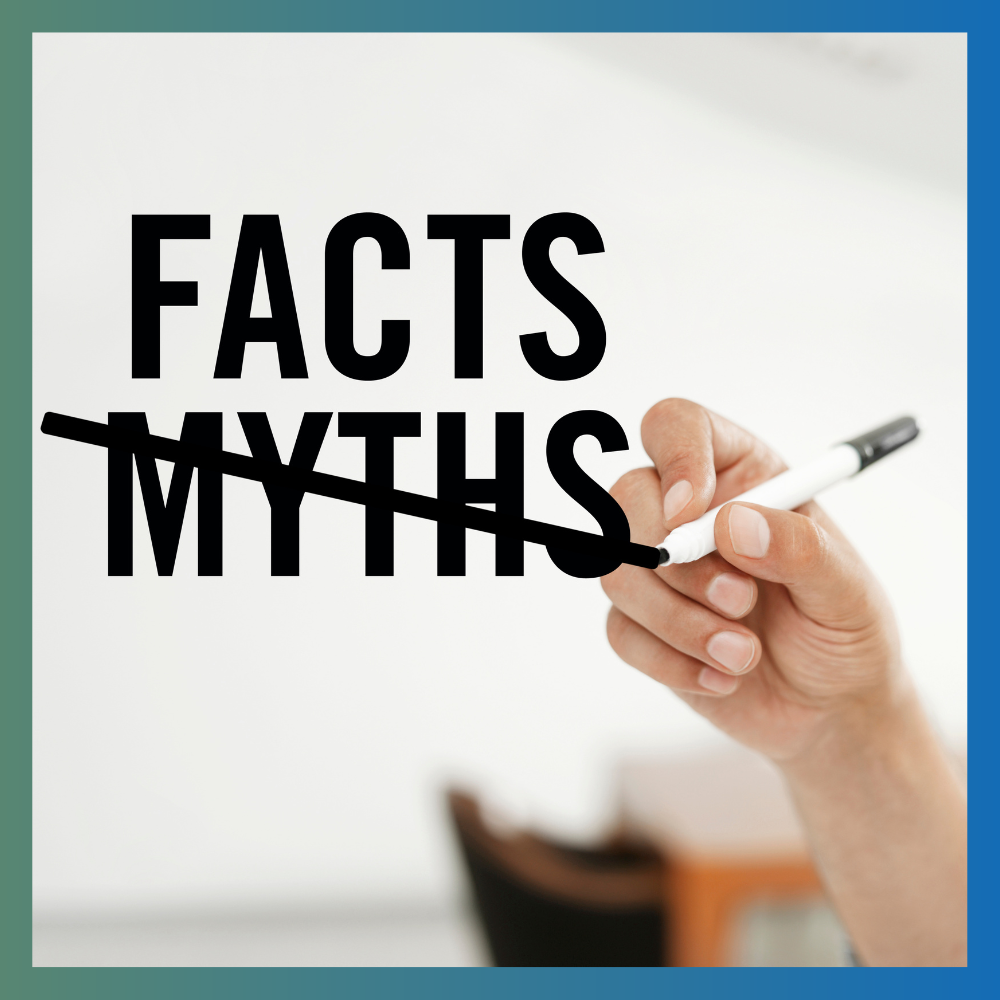Applying Scientific Rationale to the Current Perceptions and Explanations of Massage and Miscarriage in the First Trimester
Abstract
Miscarriage is a relatively common occurrence, impacting 8–15% of clinically recognised pregnancies, and up to 30% of all conceptions. The public perception of the risk factors associated with miscarriage does not match the evidence. Evidence indicates that there are very few modifiable factors to prevent miscarriage, and the majority of the time little could have been done to prevent a spontaneous miscarriage. However, the public perception is that consuming drugs, lifting a heavy object, previous use of an intrauterine device, or massage can all contribute to miscarriage. While misinformation about the causes and risk factors of miscarriage continues to circulate, pregnant women will experience confusion about what activities they can (and cannot) do in early pregnancy, including receiving a massage.
Pregnancy massage is an important component of massage therapy education. The resources that underpin pregnancy massage coursework consist of educational print content that includes direction and caution that massage in the first trimester, if done ‘incorrectly’ or in the ‘wrong’ location, can contribute to adverse outcomes such as miscarriage. The most common statements, perceptions and explanations for massage and miscarriage cover three broad areas: 1) maternal changes from massage affects the embryo/fetus; 2) massage leads to damage of the fetus/placenta; and 3) aspects of the massage treatment in the first trimester initiate contractions.
The goal of this paper is to use scientific rationale to critically consider the validity of the current perceptions and explanations of massage therapy and miscarriage. Whilst direct evidence from clinical trials was lacking, considerations of physiological mechanisms regulating pregnancy and known risk factors associated with miscarriage provide no evidence that massage in pregnancy would increase a patient’s risk of miscarriage. This scientific rationale should be addressed when teaching pregnancy massage courses.
Downloads the last 12 months

License
Copyright (c) 2023 Author(s)

This work is licensed under a Creative Commons Attribution-NonCommercial-NoDerivatives 3.0 Unported License.





.png)





